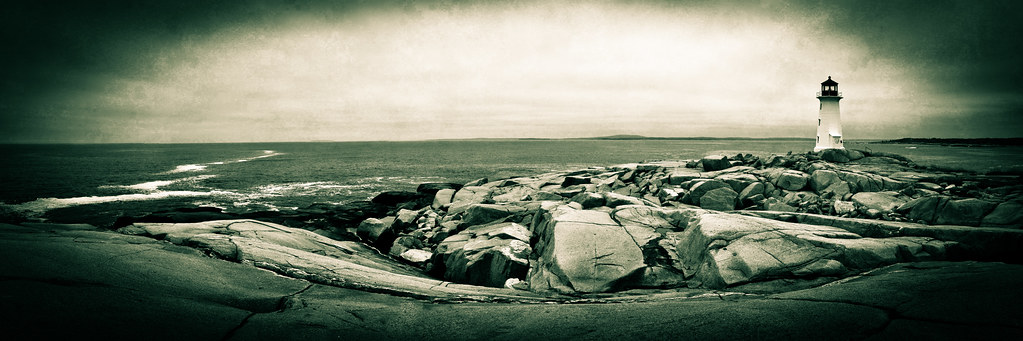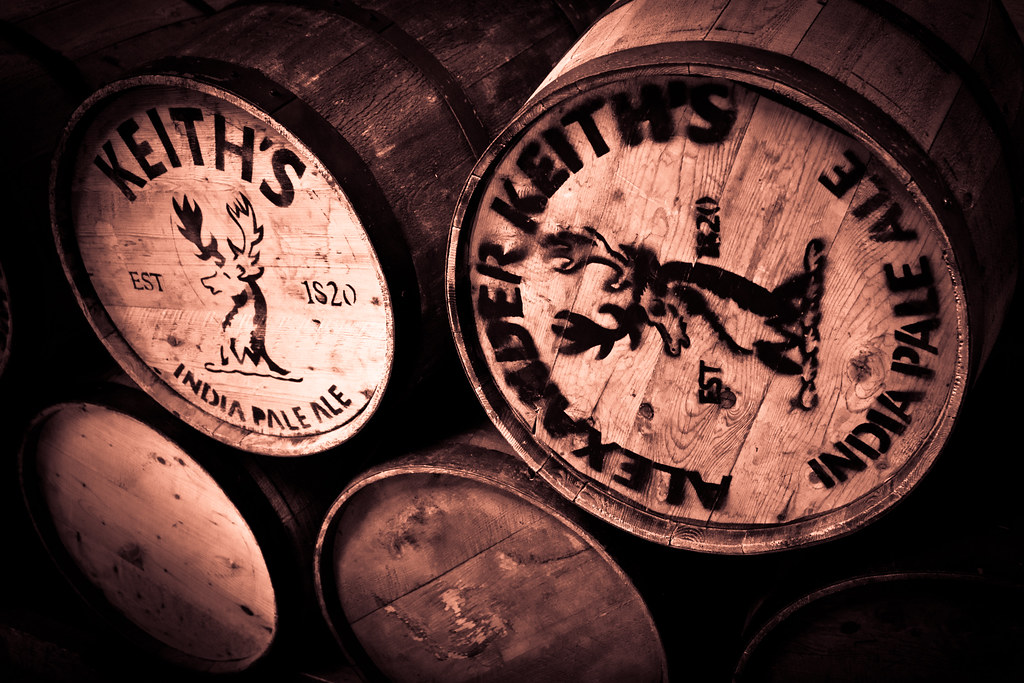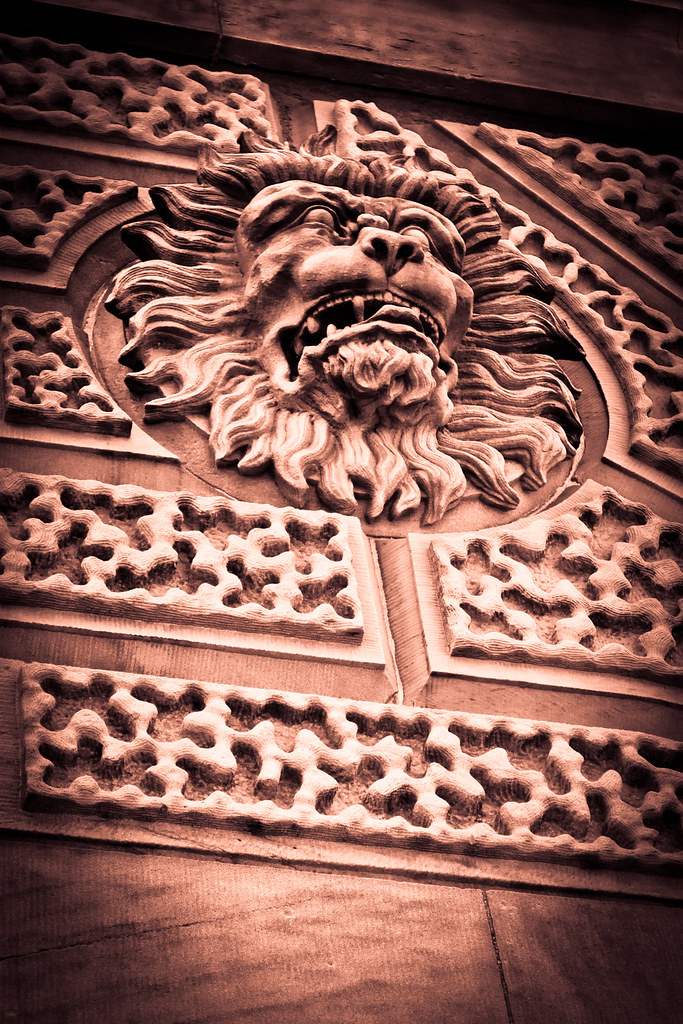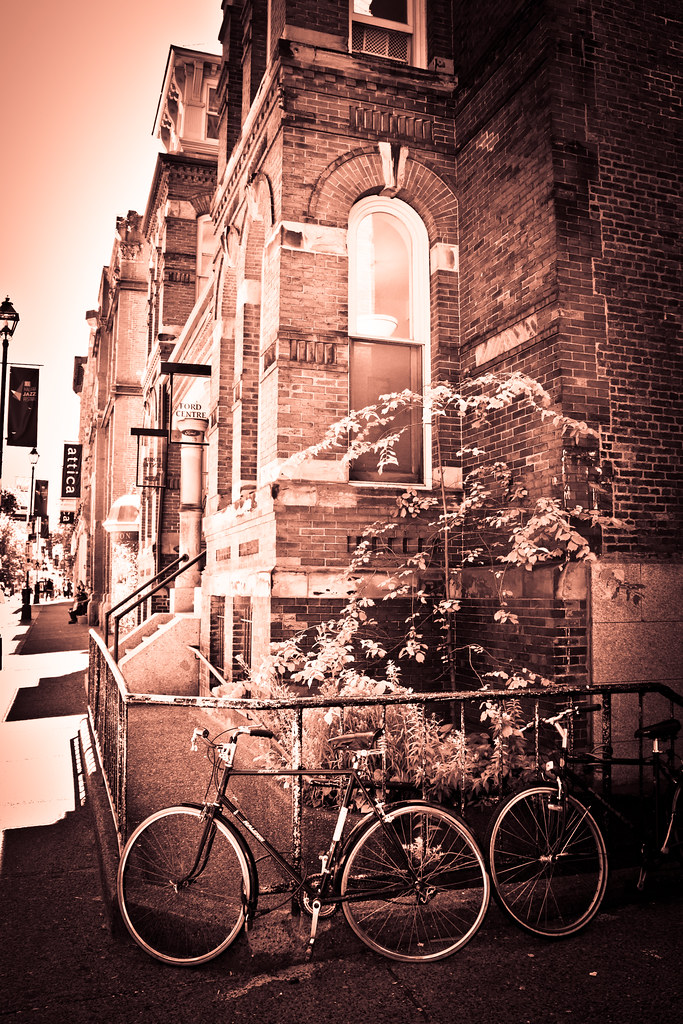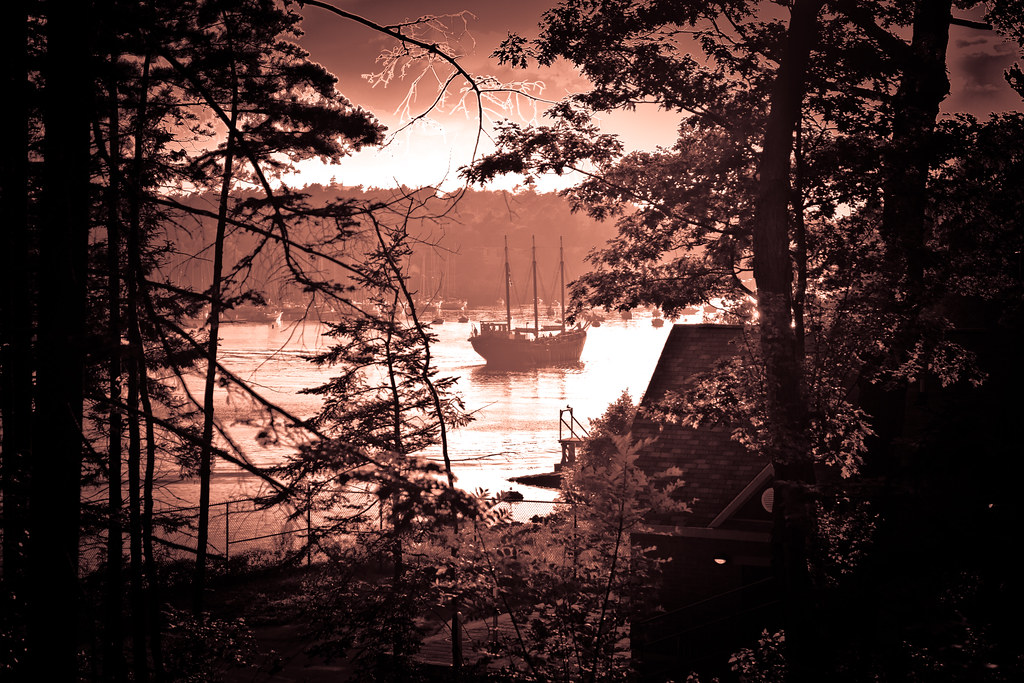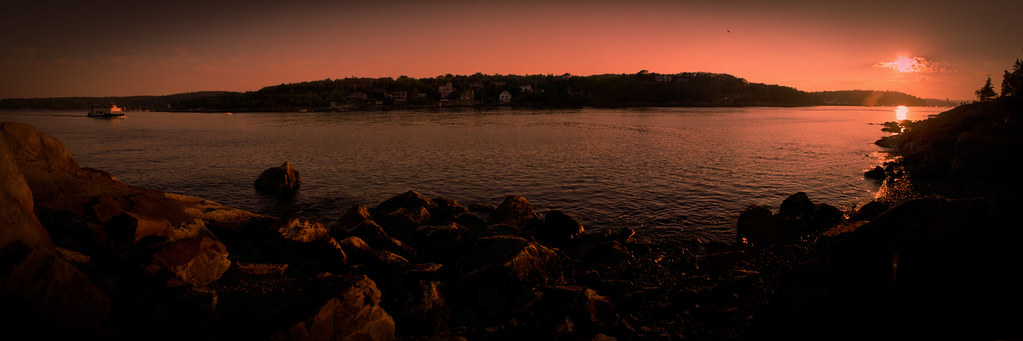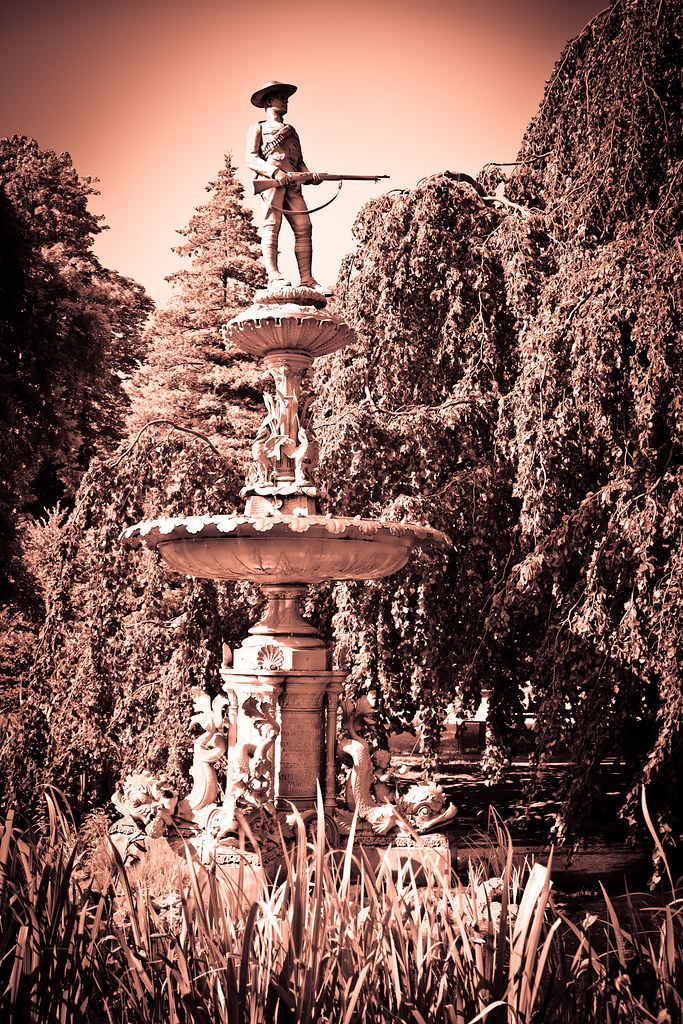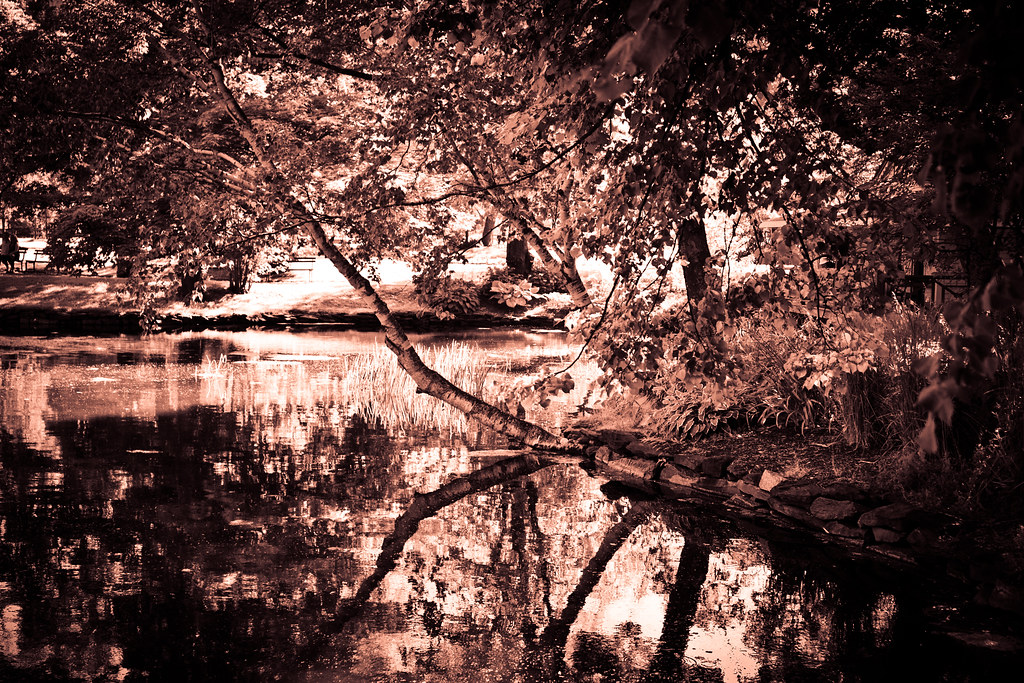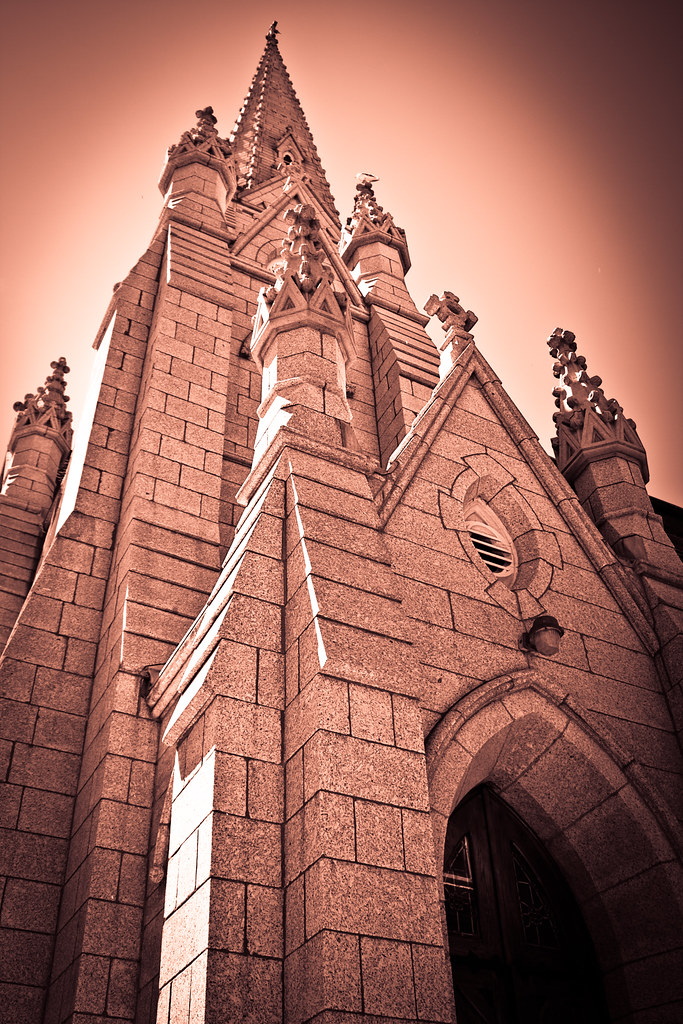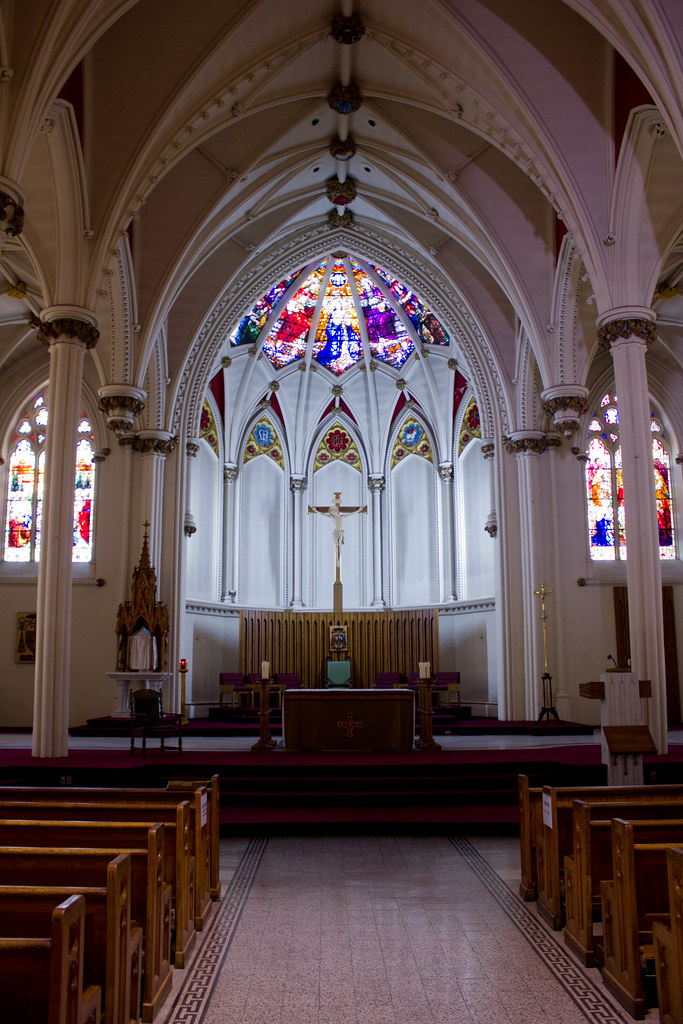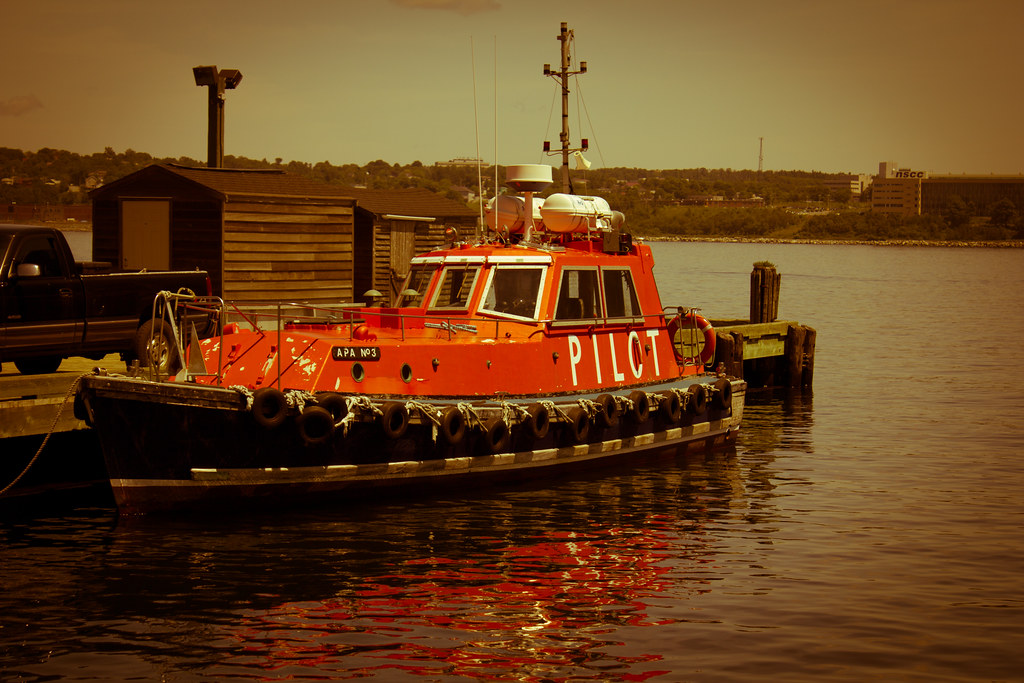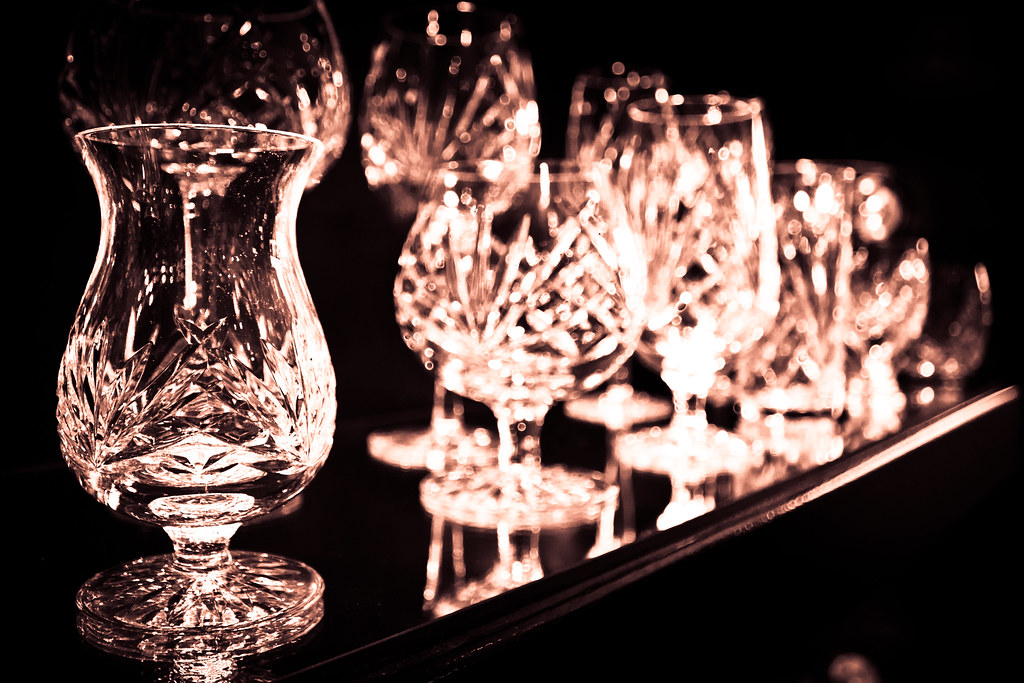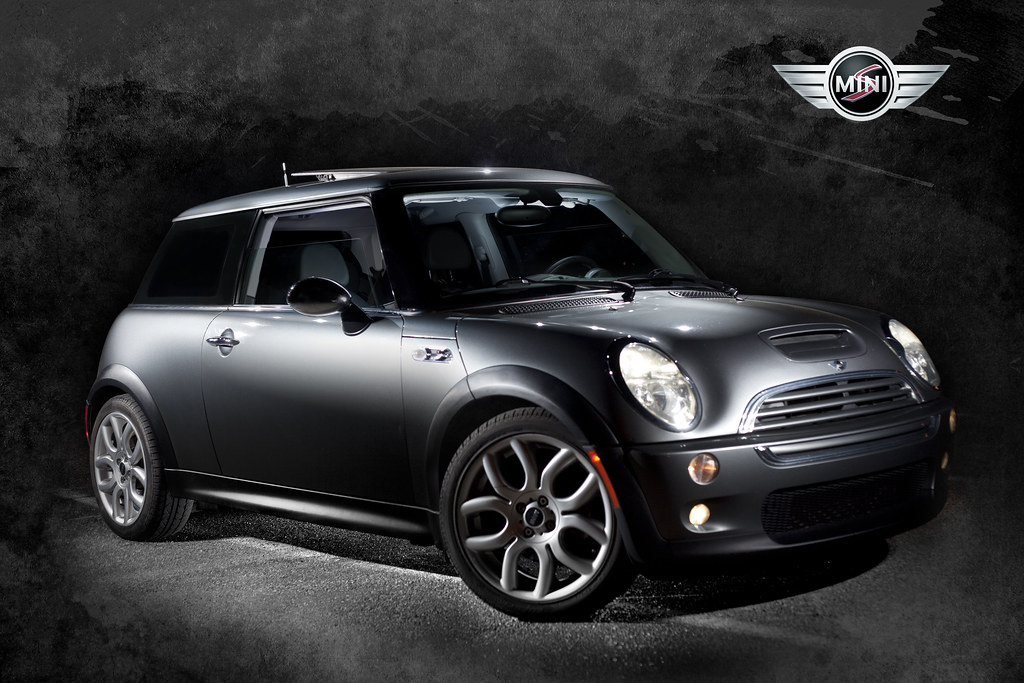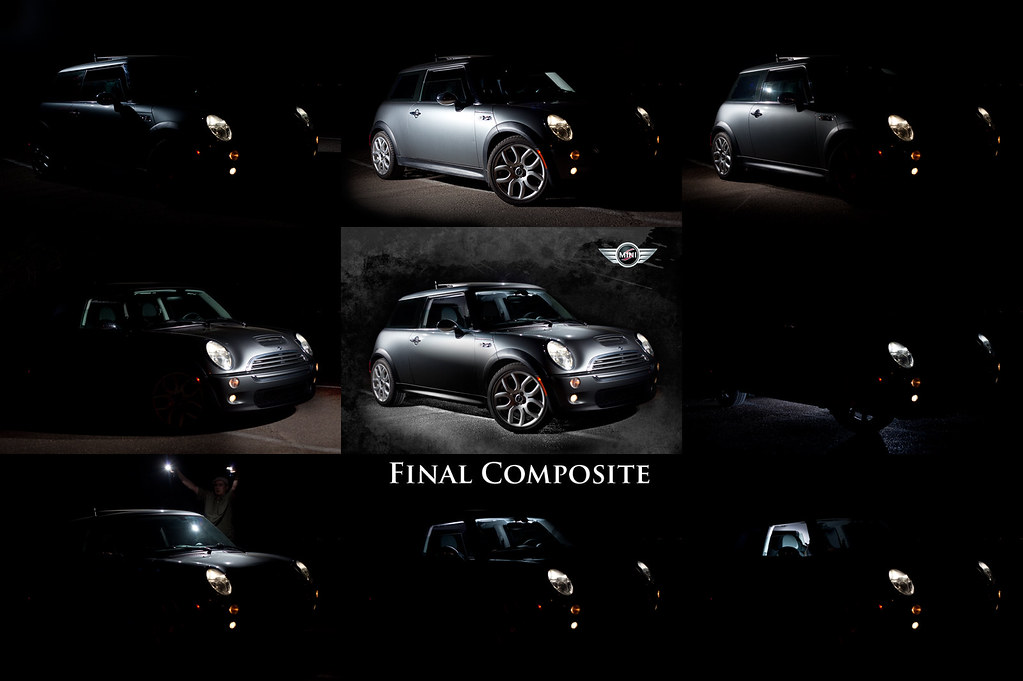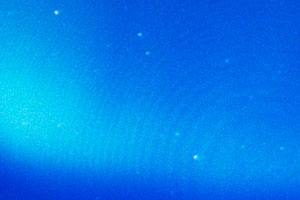I've been asked this question numerous times, normally I refer people to
this earlier post but I figured I'd rehash the issue and provide some more info.
Essentially it boils down to
a) what exactly are they unhappy with in their current camera
b) what is their budget and
c) is camera size a crucial aspect?
Most of the time when people say they aren't happy with their current camera it due to one of 4 things:
1) Poor lowlight capabilities
2) Poor zoom
3) Pictures aren't sharp enough
4) Too much lag when the shutter is pressed
I'll cover each of these issues and explain why they happen and which type of cameras are affected the most and least.
Common complaints:Poor lowlight:All cameras whether film or digital suffer in this environment, photography needs a lot of light because after all we're capturing photons here hence photography ;) In the digital realm it really all boils down to sensor size, the larger the sensor the bigger the "footprint" available for the light to hit. Its like running outside in the rain to collect water, the person with the biggest container is going to get the most water. Point and shoot cameras are immediately at a disadvantage because of their size, smaller body = smaller sensor. If you're dead set on owning a point and shoot you're only real option is to use that nasty on-camera flash to create more light. Digital SLR cameras, having larger sensors, tend to work better than their diminutive point and shoot cousins in this environment. They are still not perfect but they offer a very noticable improvement. At the time of writing this one of the best low-light dSLR's in the entry level range is the Canon Rebel T2i ($979 with 18-55mm kit lens at Don's photo) which yields very acceptable images up to ISO 800. There are more expensive dSLR's with larger sensors (full frame sensors) but these are really out of the price range of most people ($3000+ for just the camera without lenses).

Image sensor sizes, the smallest shown are point and shoot sensors Once again the point and shoot camera is being dealt a poor hand right of the flop, their small size physically limits the amount of zoom that can be available. Ignore any claims about digital zoom, this is not real zoom at all, it’s the same as blowing it up on your computer and you'll result in a blurry image. Optical zoom is the important number here, 3-5x optical zoom is fairly standtard within the realm of point and shoot cameras (P&S's from hereout) with a few touting 7x optical zoom. When you start going above this range, up to say 14x zoom, you leave the P&S realm and get into the mid-sized "bridge" or "prosumer" cameras. They call them bridge cameras because they bridge the gap between P&S camera and full fledged dSLR's. I tend to tell people to avoid these cameras, the reason is that about 4 out of 5 people that buy them are upgrading because of an interest in photography and end up buying a dSLR soon after anyway. I say skip that expensive step and just go for a dSLR, the size isn't that much bigger than a bridge camera and prices in some instances can be roughly the same. For those scared off by dSLR's because of all of the extra features don't worry, there is still "auto" mode and as you feel more confident you can explore the manual features to improve your photos even more. Lastly with a dSLR you can change lenses so if the kit lens that it comes with isn't enough you can buy a telephoto zoom that suits your needs.
 Example of a "bridge" camera, for the most part I say skip these and look into dSLR's which will start at close to the same price.Pictures aren't sharp:
Example of a "bridge" camera, for the most part I say skip these and look into dSLR's which will start at close to the same price.Pictures aren't sharp:Most often this complaint is less the camera's fault and more operator error when it comes to image quality. Even though digital cameras are common place now its surprising how many people don't realize you should always press the shutter halfway first, let the camera focus and determine exposure, then press fully. If this isn't done photos are often blurry because you're rushing the camera, often the autofocus doesn't have time to detect a face instead of the background (though this is improviing). Sometimes poor images are due to low light situations like we covered above. Point and shoots are mainly meant to yield nice 4x6 shots, that’s not to say if shot properly they couldn't provide bigger enlargements, but in the end they are made for capturing friends and family more than they are for fine art prints you'd blow up and frame in your livingroom. A station wagon is a station wagon and a sports car is a sports car, they are two different classes and are meant to do two different things, don't set your expectations too high. With the digital era people started viewing their photos on computers, immediately they began viewing them at 100% size and used this to judge image quality, while this is a valid method in some instances really what you should be doing is viewing it at the desired print size. For example a 12MP camera will snap a picture at roughly 4272 x 2848 pixels, this equates to a 14" x 9.5" print at 300dpi (just divide the pixels by 300), most point and shoot cameras when printed or viewed at 100% or maximum size won't yield the nicest quality. If you take the same image and view it at 1200 x 1800 pixels or 4x6 size they image will probably look much better. The truth is that most of the cameras out there are perfectly fine when it comes to image quality when judged by the print sized they'll most likely be used for. The problem is that manufacturers kept making them with higher and higher MP ratings when the sensor itself shouldn't really have that many and didn't need it if you look at what they're going to be used for. In truth anything above a 7MP camera for a point and shoot is really a waste, 7MP will let you make 8x10's at photo quality and can be pushed up to 11x14 in many instances, most people never even make enlargements at these sizes anyway.
Laggy shutter times:Buy a dSLR. Period. Sad but true even with the most expensive P&S and bridge cameras you're always going to run into shutter lag. Even dSLR's when used in automatic mode will have some amount of lag as it autofocuses and adjusts the exposure however the time it takes to do it will most likely a lot less. Some cameras are worse than others and they way that you use your camera will affect this as well. As mentioned earlier pressing the shutter half way to "prep" the focus and exposure will significantly reduce any lag. Use of a flash can have a huge impact on this as well since it takes time for the flash to charge.
So what should I do?It depends on a few things. After reading this do you still think you need a new camera? If the answer is yes then you'll need to see if what you want out of a camera is possible given your budget.
Buy another point and shoot?The only time I'd recommend this is if you have a camera that wasn't made by a reputable name (ie Canon, Nikon, etc), if you're looking for new features like HD video, or if your camera was just really old (2MP for example). There are a few brands out there that have really crappy point and shoot cameras and you wouldn't expect it from the name, Polaroid for example makes terrible digital cameras, Olympus also has left a lot to be desired upon entering the digital arena. As far as MP's go I always tell people not to get to carried away with it but realistically if you're still shooting a 2-4MP camera an upgrade may be desireable. Another acceptable reason would be if your current point and shoot has very limited zoom or no optical zoom at all, in this case you may want to look at a better point and shoot or upgrade to a bridge or dSLR.
Should I look into these bridge/prosumer cameras?Maybe. This is a really tricky area because they are really not that much cheaper than an entry level dSLR and only slightly smaller. If you think you may be considering a dSLR in the future you should definitely skip this range and hold out for a dSLR. If you're strictly looking for a bit more zoom and some added controls then perhaps a prosumer or bridge camera is precisely what you're looking for, my only advice is give it some serious thought before taking the plunge.
Should I just go all in and get a dSLR?If you're wanting better photos, don't mind a bit larger camera, and can afford it then unequivocally YES. There are just so many advantages to a dSLR and due to their increasing popularity you can buy amazing cameras for very low prices. Ten years ago consumer level dSLR's didn't even exist, in late 2003 Canon came out with the first one for a resonable price ($1500) and it was 6.3MP. Today you can get an 18MP dSLR capable of full 1080P HD video for under $1000 and a resectible 10MP for $549 with a lens. Plus you can still keep your old P&S for snapshots ;)
Some example cameras from each classPrices accurate as of Aug 30 2010
Point & ShootCanon Powershot SD1400IS ($249)
Pros: Very small and portable, Surprisingly crisp HD video (720p)
Cons: Only 4x optical zoom, can't use optical zoom when recording video
Canon Powershot SD780IS (Low prices if you can still find it in stock, its last years model but virtually identical to the SD1400IS)
Pros: Very small and portable, Surprisingly crisp HD video (720p)
Cons: Only 4x optical zoom, can't use optical zoom when recording video
Canon SX120IS ($229)
Pros: 10x optical zoom (very high for a P&S)
Cons: No HD Video (still has SD video though), Large for a point and shoot
Sony Cybershot DSC-H55 ($269)
Pros: 10x optical zoom (very high for a P&S), HD Video (720p)
Cons: Uses expensive proprietary Sony Memory sticks for the storage medium
Nikon Coolpix S8000 ($279)
Pros: One of the smallest cameras sporting 10x optical zoom, HD Video (720p)
Cons: No optical zoom while recording video
Bridge / Prosumer camerasCanon Powershot G11 ($549)
Pros: All the controls of a dSLR, solid build, almost the industry standard camera for journalists
Cons: No HD video, only 5x optical zoom
Canon Powershot SX20IS ($449)
Pros: 20x optical zoom, HD Video (720p)
Cons: Lack of RAW support, slow lens at telephoto range (ie aperture is smaller letting in less light)
Panasonic Lumix DMC-FZ100 ($549.99)
Pros: 24x optical zoom, Full 1080p HD video, Leica lens
Cons: Electronic viewfinder could stand to be higher resolution
Fuji Finepix HS10 ($499)
Pros: 30x optical zoom, Full 1080p HD video
Cons: Slow processing of RAW format images
Digital SLR cameras*Unlike the rest of the cameras I've listed above I'll include the MP rating for the ones below since the larger sensors actually make it a legitimate spec. Keep in mind that even 7MP will yield a crisp 8x10 print so unless you're planning on making posters you should still avoid getting too caught up in this rating. One caveat is that higher MP will allow you to crop a photo more and still retain detail.Canon Rebel XS 10MP ($549 with an 18-55mm kit lens)
Pros: Solid entry level camera for a low price
Cons: No video capabilities, 10MP (which is still not bad)
Canon Rebel T2i 18MP ($979 with an 18-55mm kit lens)
Pros: High value for money, Full 1080P HD video, High MP for the price
Cons: Price may be above an entry level budget
Nikon D3000 10MP ($499 with an 18-55mm kit lens)
Pros: Solid entry level camera for a low price
Cons: No video capabilities, 10MP (which is still not bad)
Nikon D90 12.3MP ($999 with an 18-55mm kit lens)
Pros: Wildly popular, first dSLR to allow HD video shooting
Cons: Video is only 720p, price may be above an entry level budget
Sony Alpha A230 10.2MP ($399 with an 18-55mm kit lens)
Pros: One of the most inexpensive dSLR's, allows shooting to SD card as well as memory stick
Cons: No video recording, hotshoe is non-standard and may require adaptors for use with non-sony/minolta flashes
Pentax k-x 12.4MP ($629)
Pros: Compatible with almost all Pentax lenses, burst rate of 4.7 frames per second
Cons: Video is only 720p, no HDMI port
But wait!Before you go running out the door to drop your hard earned cash on a new camera I recommend doing the following. Leave your cash/cards at home and go window shopping first, if at all possible try the camera out in the store and see how it feels. Write down a list of cameras you're interested in, when you get home scour the internet for reviews on them and see if there is any hidden flaws you didn't notice. Dropping a few hundred bucks or a grand is a big deal and you should be sure of what you want before you drop that kind of cash. I'd also recommend holding off on buying all sorts of accessories for the first week or so while you try out the camera at home, this way you can still return it without getting stuck with a bunch of accessories.
Good luck ;)









